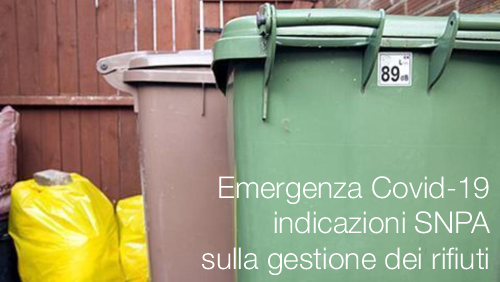Direttiva 92/3/Euratom
relativa alla sorveglianza ed al controllo delle spedizioni di residui radioattivi tra Stati membri e di quelle verso la Comunità e fuori da essa.
(GU L 35 del12.2.1992)
Abrogata d...

Due To The Use Of Decorative Paints and Varnishes for Professional and Non-professional Use
This study investigates the potential for a product based approach to reducing emissions of volatile organic compounds (VOCs) due to the professional and non-professional use of decorative paints and varnishes.
Limiting the adverse environmental and human health effects associated with the formation of tropospheric ozone and direct exposure to VOCs forms the background to the study.
Literature study, meetings and interviews with trade associations and individual companies and the distribution of questionnaires among suppliers and users within the sector and the associations representing them were the main ways of collecting information. In addition, the composition of a large number of current decorative paints has been analysed in the laboratory. Major issues have been discussed with stakeholders in the sector on several occasions.
For the purposes of this study, decorative paints and varnishes have been defined as products that are applied to buildings, their trim and fittings, for decorative and protective purposes. They are applied in situ by professional or private users. While their main function is decorative in nature, they also have a protective role.
Various ways of defining “VOC” have been assessed. Definitions based on Vapour Pressure (> 10 Pa at 20°C), Boiling Point (< 250°C or 280°C) or photochemical oxidant creation potential all have their own merits and supporters within the sector. A boiling point limit of 250°C excludes important coalescing solvents which have boiling points of > 250°C.
The study team has chosen the following definition to cover all volatile organic compounds that are used in decorative paints: “VOC are all organic compounds used in paint or associated with the application of paints that have an initial boiling point of lower than 280°C”.
EC DG Environment Tender E1/ETU/980084
2000
relativa alla sorveglianza ed al controllo delle spedizioni di residui radioattivi tra Stati membri e di quelle verso la Comunità e fuori da essa.
(GU L 35 del12.2.1992)
Abrogata d...

SNPA, 23.03.2020
Il Consiglio SNPA, riunito in videoconferenza lunedì 23 marzo 2020, ha approvato un documento che contiene indicazioni ge...

Approvazione delle Linee Guida sui valori di assorbimento del campo elettromagnetico da parte delle strutture degli edifici.
1. Sono approvate le linee guida ex decreto-legge n. 1...
Testata editoriale iscritta al n. 22/2024 del registro periodici della cancelleria del Tribunale di Perugia in data 19.11.2024